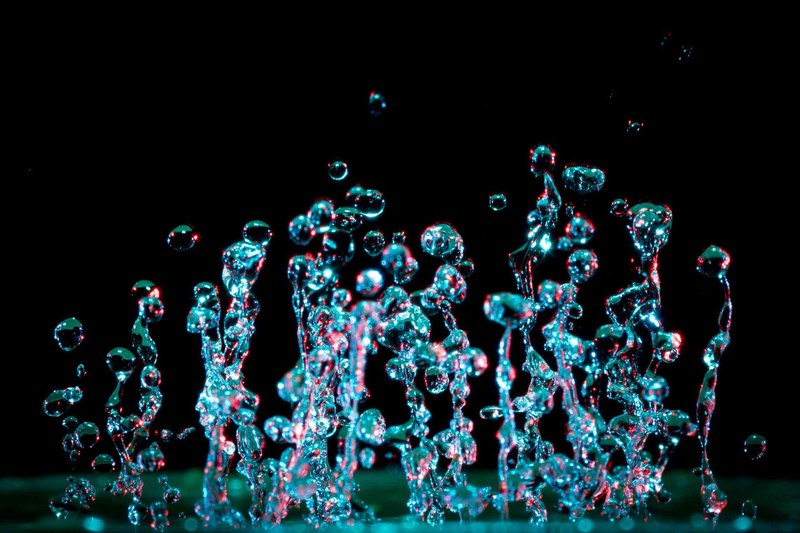
Ultrasonic cleaning: What not to clean
In our recent blog ‘4 Other Services to Help You Stay on Top of Essential Home Maintenance’, we talked about how our Ultrasound cleaning service can extend the scope of restorations following a fire or flood. The use of ultrasonic agitation of liquid can enhance the level of cleanliness that can be achieved on items that can’t be scrubbed with soap and water.
So how does Ultrasonic cleaning work?
In a nutshell, Ultrasonic cleaning uses a high-pitched frequency, usually somewhere between 20 and 40 kHz to agitate liquid such as water or a special solvent, to remove stubborn dirt or stains.
Because it doesn’t use strong chemicals it’s much more environmentally friendly than harsh solvent-based cleaning and, it’s quick too, with many cleans taking between three and six minutes.
As you’ll be aware, especially if you’ve read our blog ‘The Power of High Tech Bubbles in Ultrasonic Cleaning’, there aren’t many things you can’t clean using ultrasonics. It’s an effective way to clean the grease and grime from small white goods such as toasters or toastie makers, jewellery, electronics, window blinds, kitchen appliances and more. However, there are a few substances that shouldn’t be cleaned using ultrasonics as the frequency can destabilise their structure.
Things that shouldn’t be cleaned using Ultrasonics
Diamonds
Engagement rings and eternity rings beware. If the diamond is flawed in any way, even if the flaw isn’t detectable by the human eye, an ultrasonic cleaner can damage the internal structure of the diamond, weakening it.
Brittle gemstones
Gemstones that are brittle in nature can also be damaged by Ultrasonic cleaning. These include Emerald, Onyx, Opal, Tanzanite, Lapis Lazuli, and Turquoise.
Pearls
Pears are soft and ultrasonic cleaning can dissolve them, so these are best scrubbed with good old-fashioned soap and water.
Tungsten
Said to be the most refractory metal on earth, Tungsten is a rare metal and, unlike other metals, can be damaged by the ultrasonic process.
With these few substances aside, Ultrasonic cleaning is a great way to clean most materials. As it operates using tiny bubbles, it’s able to get right into the smallest areas to thoroughly clean all dust, dirt and germs. Overall, Ultrasonic cleaning is an effective cleaner that can be used where water and a scrubbing brush often can’t.
If you’d like to find out more about how Ultrasonic cleaning could transform your belongings, please contact us on our 24/7 hotline by calling 01624 422 488. With over 60 branches of Rainbow around the UK, we’re bound to have a branch near you and we’d be happy to explain the Ultrasonic cleaning process and provide an obligation free quote.
